Affiliate marketing offers a variety of opportunities for monetization. In order to be successful in this field, it is important to know and strategically use the various compensation models. Each model has its own advantages and disadvantages that you should consider in order to maximize your earnings. In this guide, I explain the most common compensation models in affiliate marketing and how you can use them effectively.
Key Insights
- Pay-per-Sale (PPS): You receive a commission after the purchase of a product.
- Pay-per-Click (PPC): You get paid per click on your affiliate link.
- Pay-per-Lead (PPL): You earn money when someone performs a specific action, e.g. signing up for a newsletter.
- Lifetime Commission: You receive repeated commissions as long as the customer remains active.
- Pay-per-View (PPV): You are compensated for the number of views of advertising material.
- Pay-per-Install (PPI): You earn money when someone downloads an app.
- Cost-per-Mille (CPM): You receive compensation after 1000 clicks.
Step-by-Step Guide
1. Pay per Sale – Payment after Sale
This compensation model is the most common in affiliate marketing. Here, you receive a fixed commission after a product is sold. This can either be a fixed amount or a percentage of the sale amount. At major online retailers like Amazon, the commission varies depending on the product category. You should note that in case of a refund, the commission is often forfeited.

2. Pay per Click – Payment per Click
In this model, you earn money for each click someone makes on your affiliate link, regardless of whether a product is purchased or not. However, this method is rarely used as companies typically aim for high-quality clicks. While a high volume of clicks may seem tempting, it can also lead to high costs for irrelevant traffic.
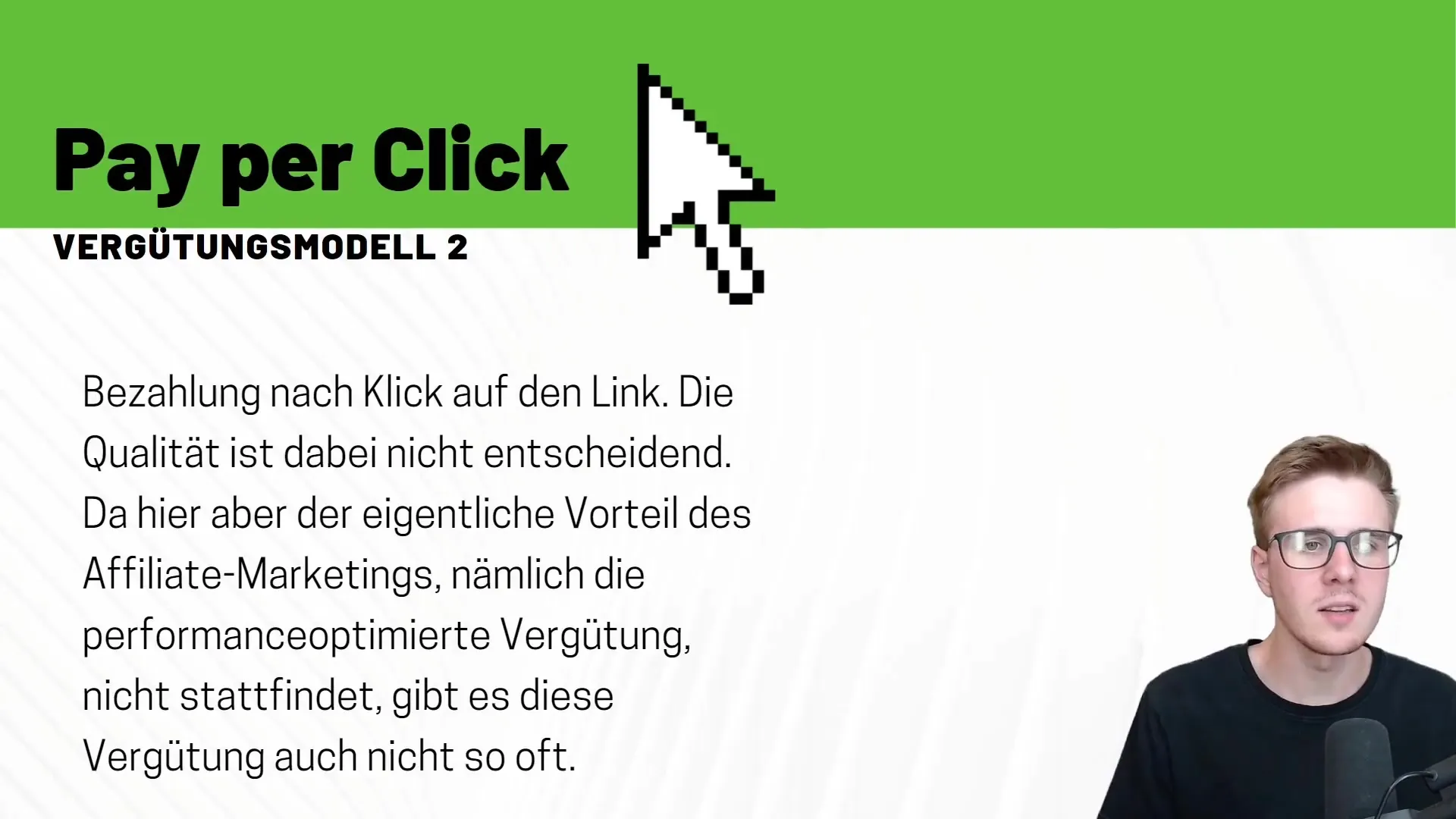
3. Pay per Lead – Payment for Leads
With this model, you earn money when a user takes a specific action, such as signing up for a newsletter or filling out a form. This allows you to earn commissions even without immediate sales. A fixed compensation is often paid, for example €5 per lead.
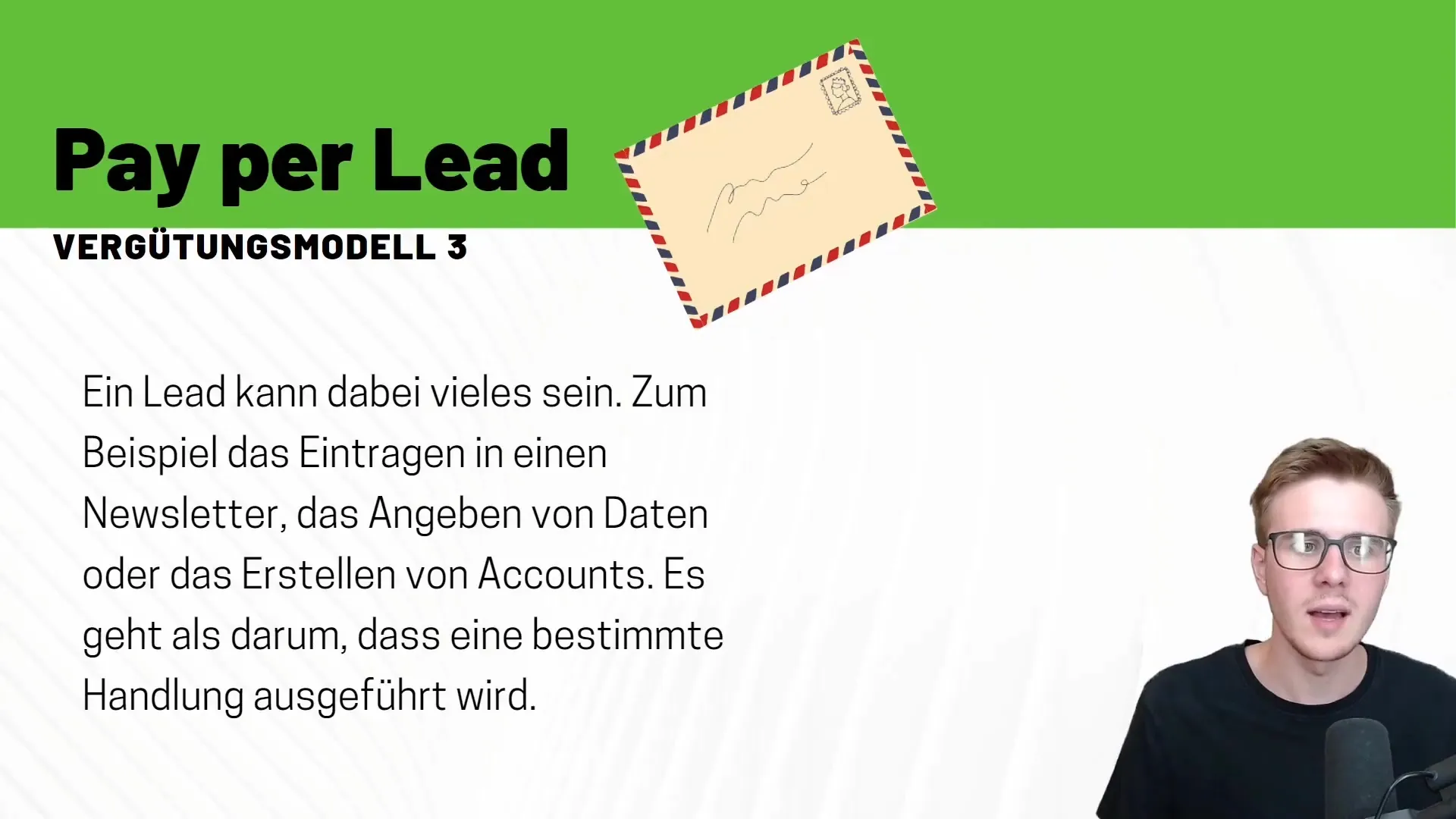
4. Lifetime Commission – Recurring Commissions
With lifetime commission, you receive commissions repeatedly for every customer you have referred, as long as that customer remains active. This is a particularly lucrative model when it comes to subscriptions, such as with streaming services or online magazines. For example, if you and your 100 referred customers each earn €2 per month, it adds up to €200 monthly.
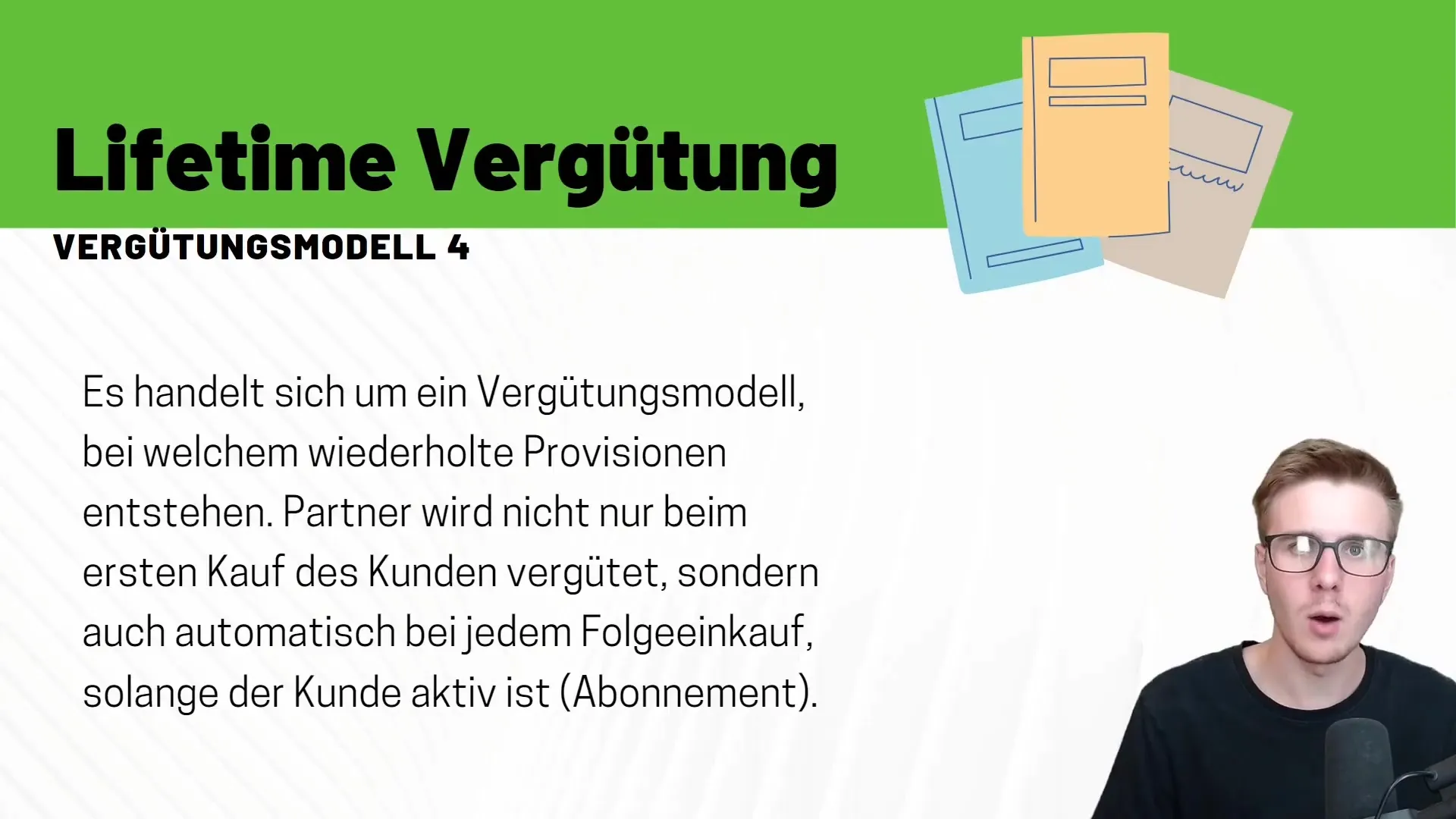
5. Pay per View – Payment for Ads
In this method, you receive compensation for the number of views of your advertising banners. Often, this is extrapolated to 1000 impressions. The amount varies depending on the niche and can range between €5 and €10 per 1000 impressions.

6. Pay per Install – Payment for Downloads
If you are involved in app marketing, you earn money for each app download. These payments are usually fixed and range between €2 and €4. Some companies also offer combinations where you earn something in addition to the download commission if the user makes purchases within the app.
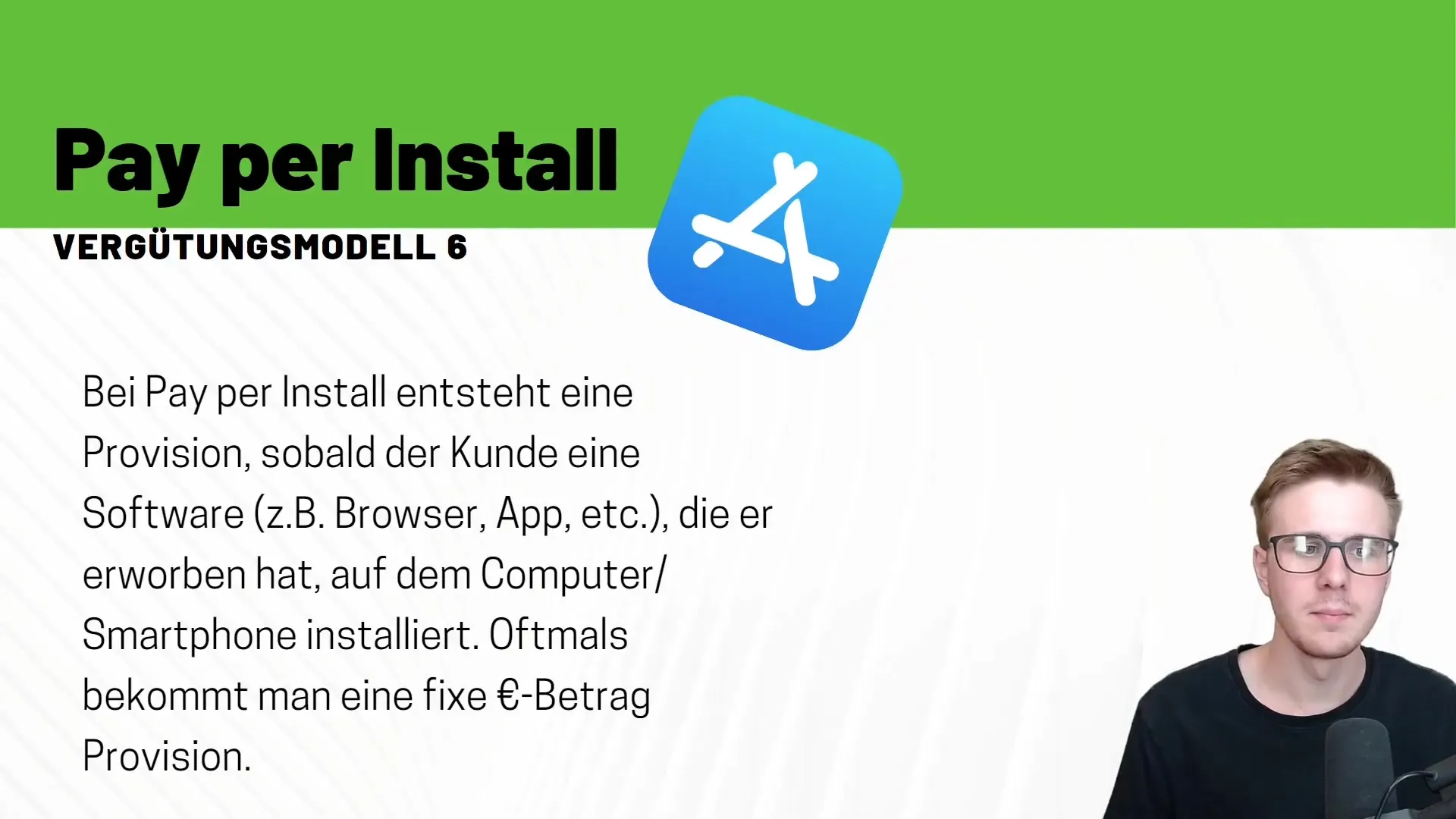
7. Cost-per-Mille – Cost per Thousand Impressions
As with the YouTube and Google AdSense model, you may be frustrated with fluctuating earnings based on clicks. Here, you earn money based on the number of clicks, usually per 1000 clicks. The amount for CPM can vary greatly, depending on the industry and the season.
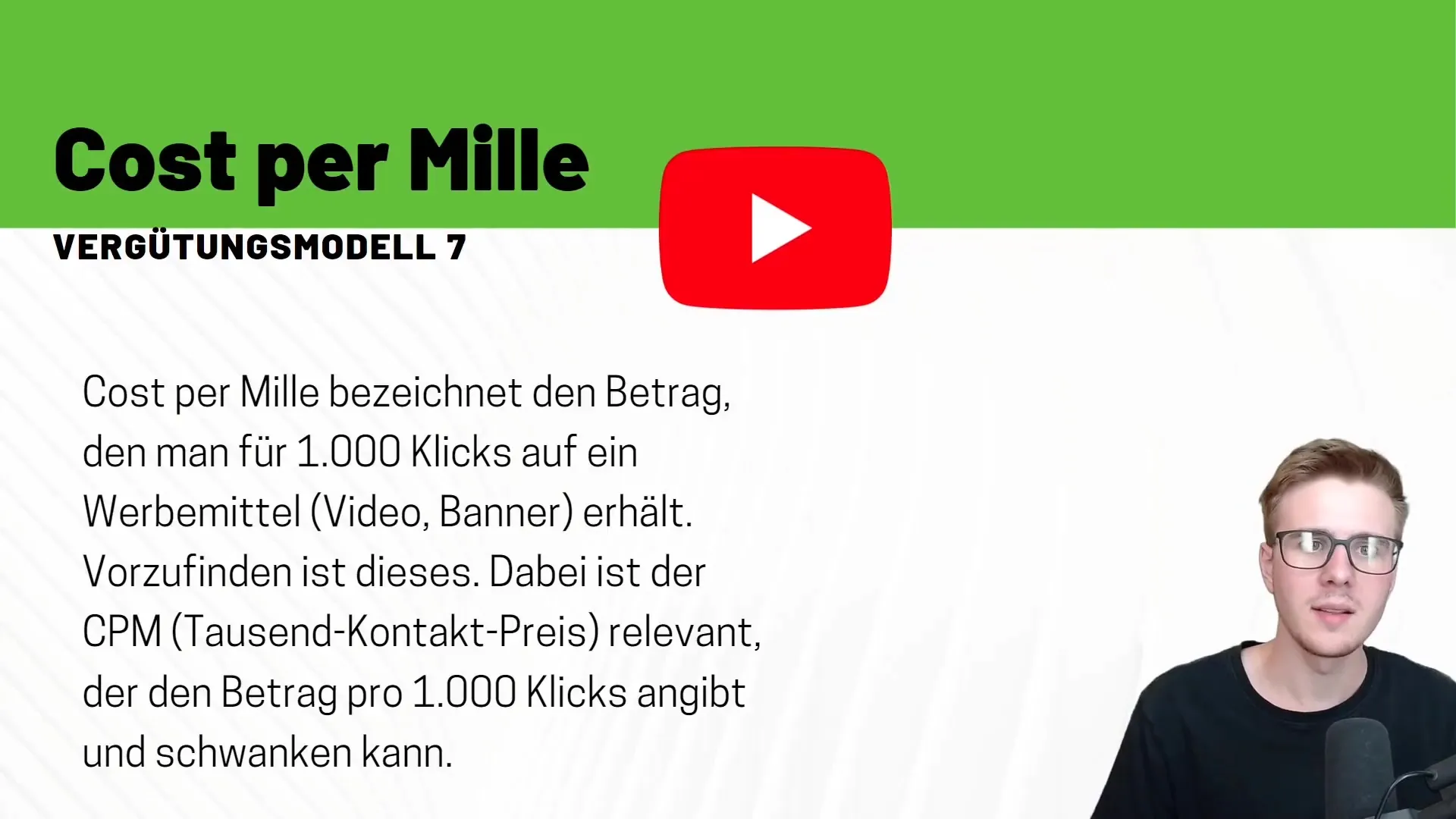
Summary
In this guide, you have gained an overview of various compensation models in affiliate marketing. These models are crucial for your monetization. Dive deeper into each model to decide which fits best for your business.
Frequently Asked Questions
How does Pay-per-Sale work?You receive a commission after a product is sold.
What is the difference between Pay-per-Click and Pay-per-Lead?With Pay-per-Click, you earn money per click, while with Pay-per-Lead you are rewarded for specific actions.
What does Lifetime Commission mean?You receive regular commissions as long as the customer remains active.
Is Pay-per-View profitable?It can generate some revenue, but less than other models.
What should you consider with Pay-per-Install?Make sure the app you are promoting also attracts genuine users to secure long-term revenue.


